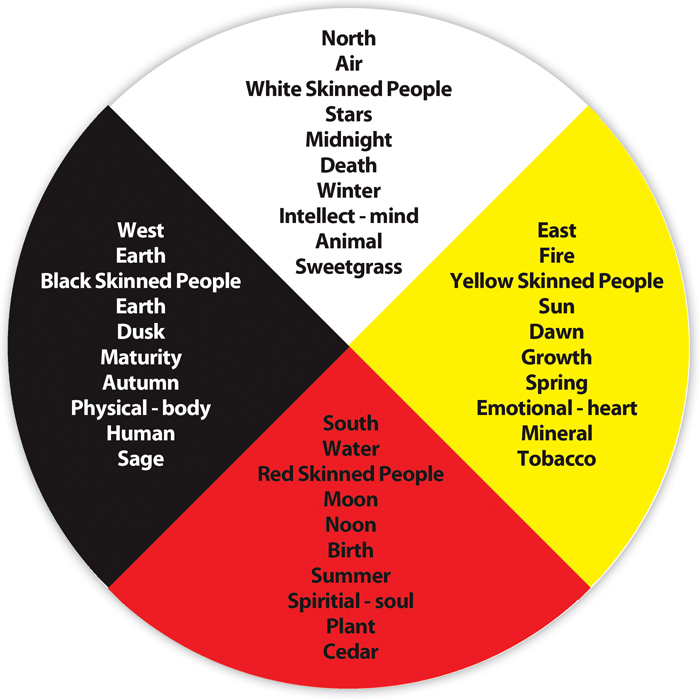At this point in our Master’s - roughly half way through - many of us are noticing the stress involved with juggling full-time careers, families, and course work at the same time. When we first applied to the program, we each had to highlight our support systems and show an awareness of how we would handle the workload to come. It was a helpful exercise at the time, but before embarking on an adventure like this it’s hard to imagine just how that stress will play out in our lives. Sometimes it’s in quite unexpected ways!
Work-life balance has become a daily struggle for many of us. I am fortunate that my son is fifteen and very independent; he is a strong student and keeps himself busy with creative pursuits. As a result, I don’t feel torn about the time I spend working in the evenings on assignments and readings. Many of my cohort members, however, are juggling the needs of small children in the evenings, creating a sense of guilt over what they are leaving unfinished. Do they work on the assignment due imminently, or spend quality time playing house with a toddler? The guilt over what we haven’t done can be exhausting at times. Added on top of it all is the work we all value in our schools. We are all in this program because we want to become strong educational leaders who have a positive influence on school culture and our students’ futures. But how can we find the time to do all of that, when we’re struggling to keep all the balls in the air?
The concept of mental health is one gaining traction both in the news and in schools these days. And well it should! The Canadian Mental Health Association tells us that 20% of Canadians will personally experience a mental illness at some point in their lives. Considering that this means one out of five people that we work and learn with could be affected, it has a tremendous impact on our ability to function as individuals and as a society. Certainly we see the same issues in our students, though that is a topic for another blog. What we are realizing in our cohort, is that mental health is a marathon, not a sprint. We might recognize that we are not in the calm, healthy, mindful spot we’d like to be; but also that we need to be okay with the fact that we won’t be able to change that all in one day. In our focus on counselling over the past two weeks, we have spent time not only looking at the ways we can support our students, but also how we can support our colleagues and ourselves during stressful times. A tremendous first step in this area is awareness; we have to know what calm feels like, what disrupts our calm, and what we can do to return to that state in order for healing to begin.
For me, calm feels like daily workouts early in the morning, healthy food, time for reflection at the end of a busy day, and lots of sleep. It’s not like it’s easy to fit all of those things into my day, but I have consciously made decisions in my world to make sure those things can happen...most of the time. Over this past year, there were times when despite my best efforts, I wasn’t able to fit it all in. In May, with meetings and end of year paperwork and reports to be written, and assignment upon assignment for Master’s, I had to let some things drop. Workouts became less frequent as I used my early morning times to get school work done instead. Healthy food choices flagged a bit, because self-control takes energy which I didn’t have to spare. For a while I felt disappointed with myself and could tell the signs of exhaustion were setting in. What helped me tremendously as I was going through it was to see my cohort members and hear that they were all struggling in the same way; normalizing it helped me to give myself a break and realize that there is only so much time in a day. That realization - that I didn’t need to be perfect - was very freeing and allowed me to accept the fact that my well-being could handle disruption for a short period. When the busy time passed, I was able to get back in routine and feel like me again. I think what made that possible for me is that I know exactly what calm feels like in myself, and I have the supports in place to let me get back there quickly.
Going through this has made me more aware that to help my colleagues when they are stressed and worried, I can be a listening ear, can share encouragement during tough times, can bring snacks or treats to lighten a moment, and can remind them that this, too, shall pass. Knowing that we’re all in this together, that we’re not alone, is powerfully protective when we’re at our most vulnerable.
